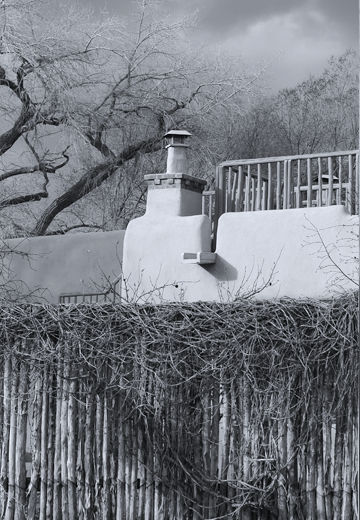

Title & Meta Tags
1 | 2 | 3 | 4Robot
nofollow
<Meta Name="Robots" content="nofollow">
Place this Meta Tag in the head of your document if you do not want the robot to follow any links on the page.
noindex
<Meta Name="Robots" content="noindex">
Place this Meta Tag in the head of your document if you do not want the robot to follow any links on the page
Multiple Pages
If you have a lot of pages that you want to protect you can place a robots text file in the root directory.
- The robots.txt file must be placed in the root directory.
- The file name needs to be lower case: robots.txt
- You need to place the following information at the top of the page
(give the name of a specific search engine robot or for all robots list an asterisk) - User-Agent:*
- Disallow: (list the pages you want to block)
- You need to set the permissions on the file so that the search engines can read it.
- You can also disallow the search engine from indexing images and other elements
- Allows everyone everywhere
- User-agent: *
Disallow: - Keeps everyone out
- User-agent: *
Disallow: / - User-agent: *
- Disallow: /cgi-bin/ Disallow: /images/
- User-agent: Googlebot-Image
Disallow: /*.gif$ - User-agent: Googlebot
- Disallow:
- User-agent: Slurp
- * Disallow: /
Disallows cgi-bin and images
Google with allow an asterisk in the Disallow but most search engines will not
Allows only major search engines
You would continue the list. Below is just the robots for Google and Yahoo
NoODP Metatag
This is relatively new. This Metatag allows you to tell MSN and Google that you do not want them to consider using the Open Directory Project (ODP) description for your site as the description they show in their search results.
Here is the format:<META NAME="ROBOTS" CONTENT="NOODP">
<META NAME="msnbot" CONTENT="NOODP">
<META NAME="googlebot" CONTENT="NOODP">
FAQ on Robots Meta Tags
1 | 2 | 3 | 4
